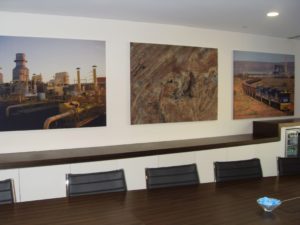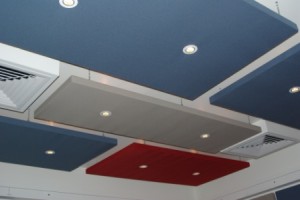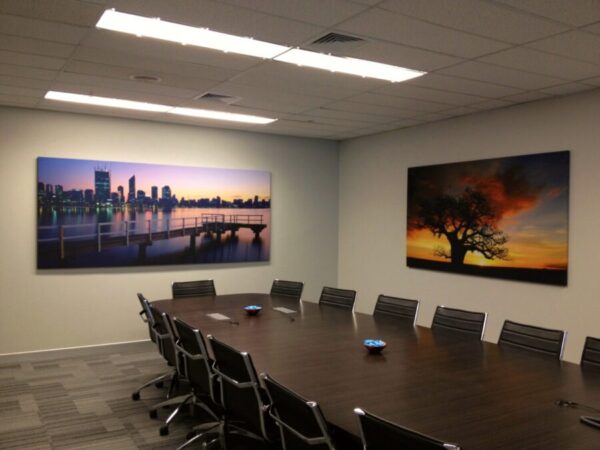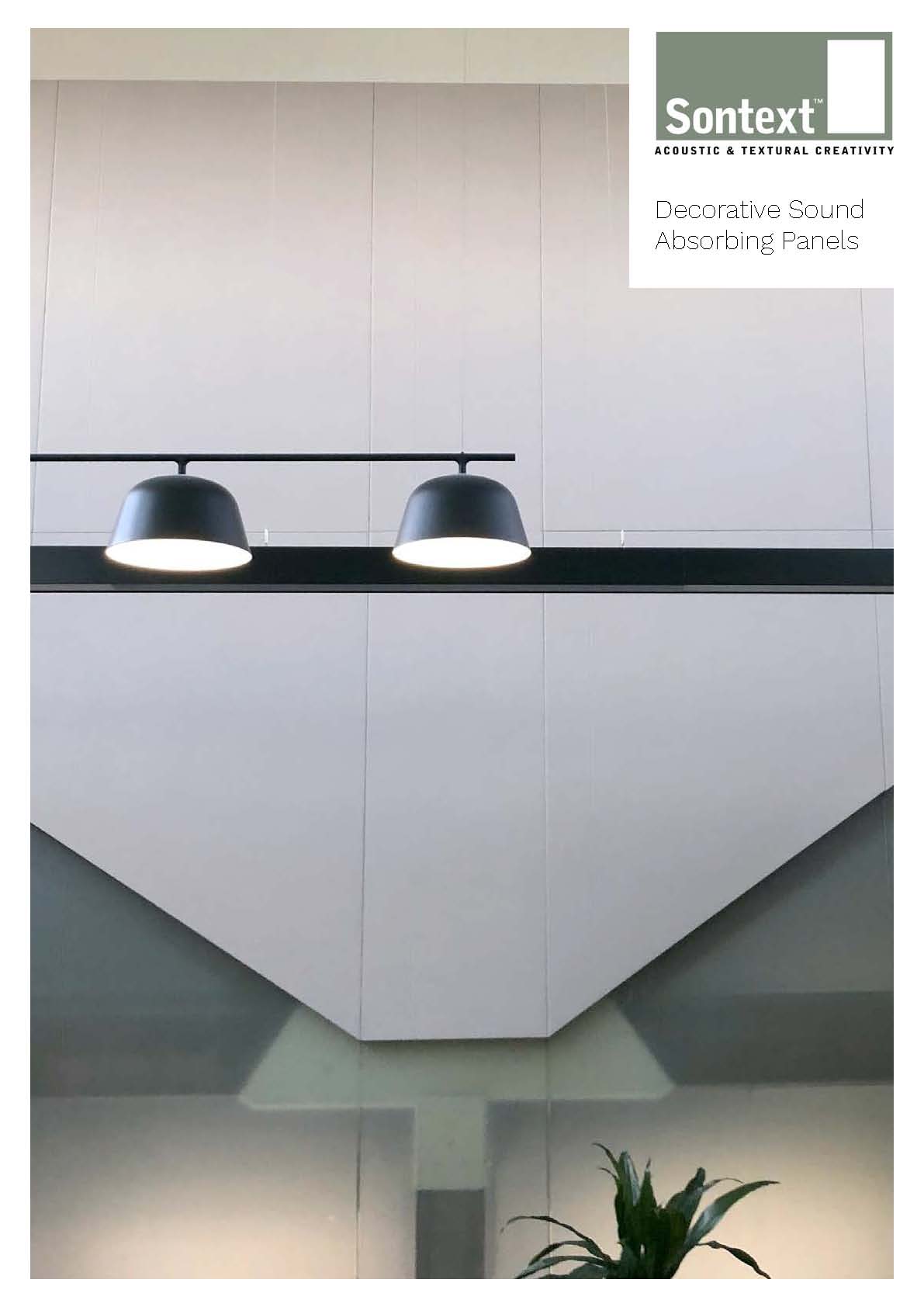 One of the most confusing issues facing people who are experiencing loud or unwanted noise is how to treat it effectively. This can be from the choice of the type of Acoustic Panel, the look of the acoustic panels to how many and where to locate them..
One of the most confusing issues facing people who are experiencing loud or unwanted noise is how to treat it effectively. This can be from the choice of the type of Acoustic Panel, the look of the acoustic panels to how many and where to locate them..
Incorrect placement of sound absorbing panels (Acoustic panels) in a room, can cause undesirable acoustic effects, such as flutter echo, risking a deterioration in speech intelligibility (clarity) or may conflict with the rooms function.
Room function will also influence the quantity and type of acoustic panels to be used and their placement.
Depending on the rooms use, the different acoustic parameters such as noise level, sound transmission, speech intelligibility and reverberation should be prioritised differently.
- In cafes and restaurants speech privacy, and noise comfort level is important.
- In schools, enhanced speech intelligibility and noise level should be prioritised.
- In open plan offices the key issue is to reduce sound transmission.
- In home theatre applications speech intelligibility and resonance take priority.
- In rooms for live music reverberation is prioritised.
The decision on the type of sound absorbing panel to be used is often based on the cosmetic appearance, rather than technical performance of the acoustic baffle or acoustic panel. Consequently, it is important to look at a range of room acoustic products to find the right balance between performance and appearance.
The major consideration of room acoustics is determining which surfaces need treatment to create optimal acoustic performance for the rooms use. In this context, the most important property of the materials is their sound absorption, which is given as the materials noise reduction coefficient (NRC).
Choose the right combination of products.
Lower the noise level - Select an acoustic panel with a high NRC to lower the noise level.
Reduce the noise propagation - Select a noise absorbing panel with a high NRC to reduce the reflections and reverberation in the room.
Increase speech intelligibility - Combine ceiling and wall panels to enhance speech clarity
Create atmosphere - Consider the room volume, amount of absorbing material and position of acoustic panels.
Acoustic panels used should be as evenly spaced around the room as possible.
For small rooms less than 100 m3, 25mm acoustic panels or ceiling clouds may be sufficient, for larger rooms, a 50mm product would be more effective in treating low frequency sound issues that begin to arise.
Treatment of ceiling and walls in restaurants and cafes gives the most benefit which suits a range of acoustic ceiling baffles and acoustic cloud configurations.
 In conference venues and class or meeting rooms, the walls and ceilings are the most important areas to treat, utilising ceiling and wall panel treatments.
In conference venues and class or meeting rooms, the walls and ceilings are the most important areas to treat, utilising ceiling and wall panel treatments.
Open plan offices require acoustically treated ceilings and workstations.
In Home Theatre all surfaces and corners need to be treated.
It is important to install the correct number of acoustic panels to achieve the desired room properties, this is a combination of considering room use and volume.
OUR OFFICE
World leading Acoustic Solutions.
Sontext Australia
Address: Unit 2, 16 Poa Court
Craigieburn Victoria Australia 3064
Telephone:+61 (03) 9432 2733
Sontext UAE
Address: Level 23 – Boulevard Plaza Tower 2
Emaar Boulevard, Dubai – UAE
PO Box 124342
Phone: +971 (0) 4 409 6863
DECRA-ACOUSTICS (USA)
OUR WORK


